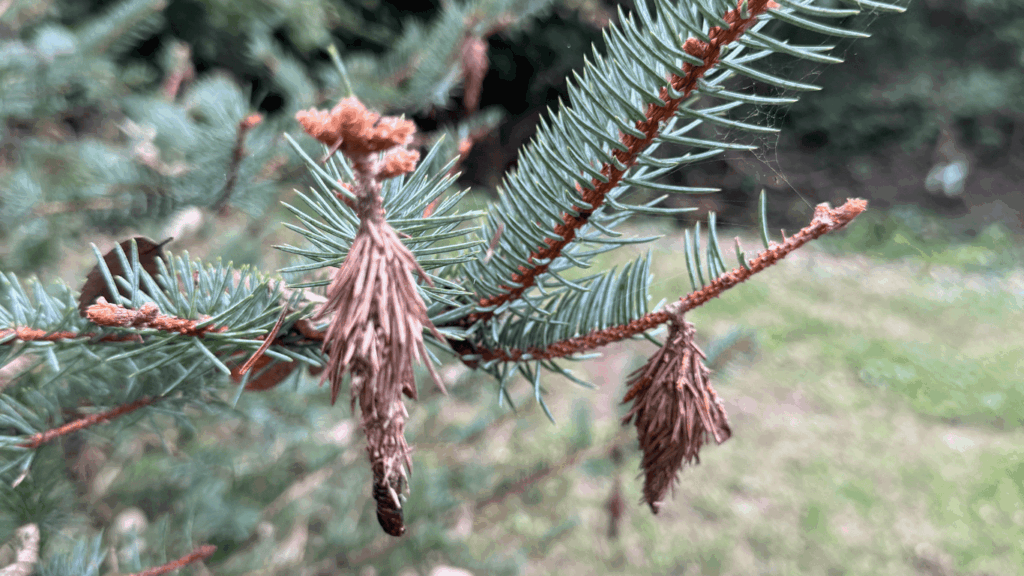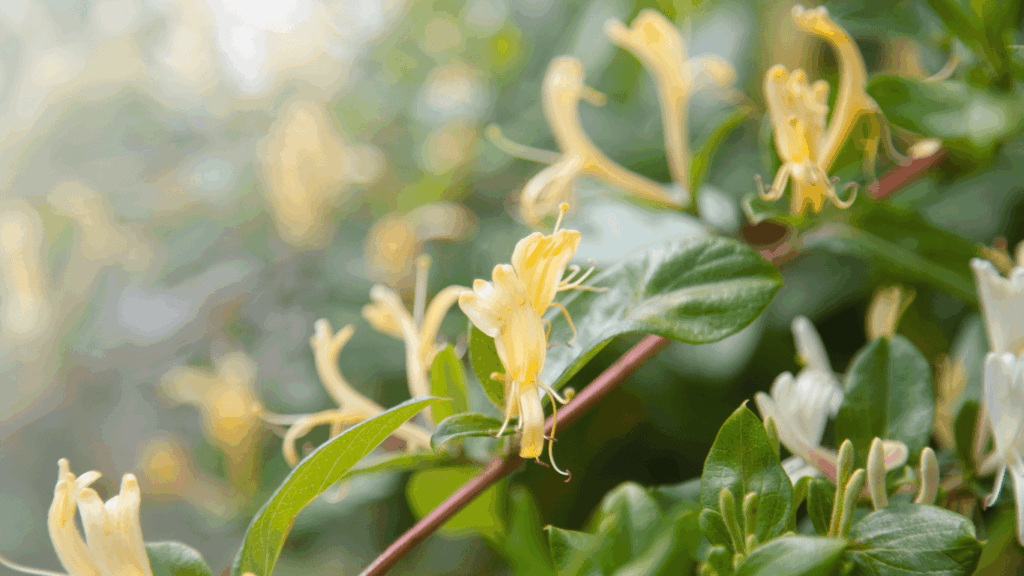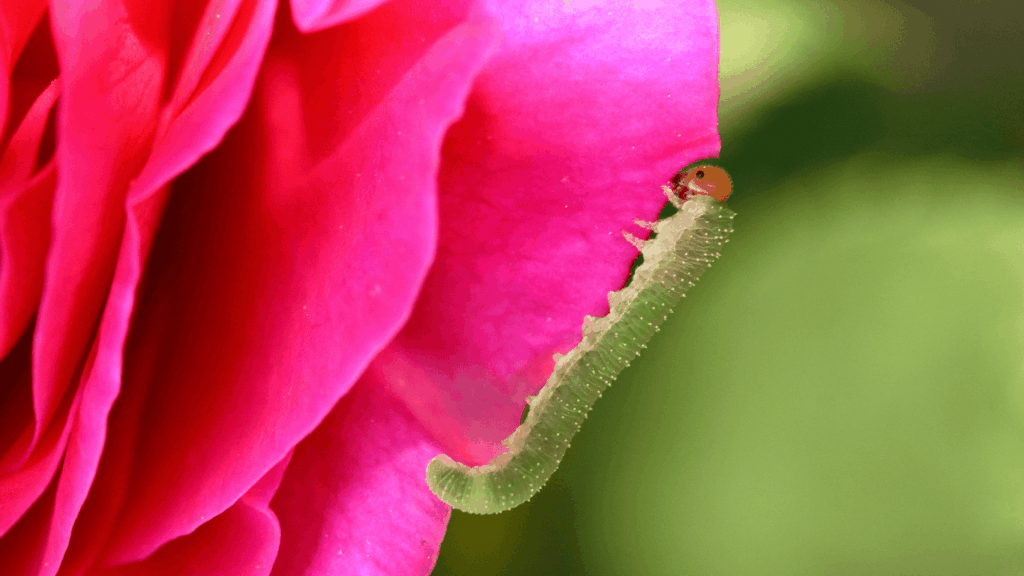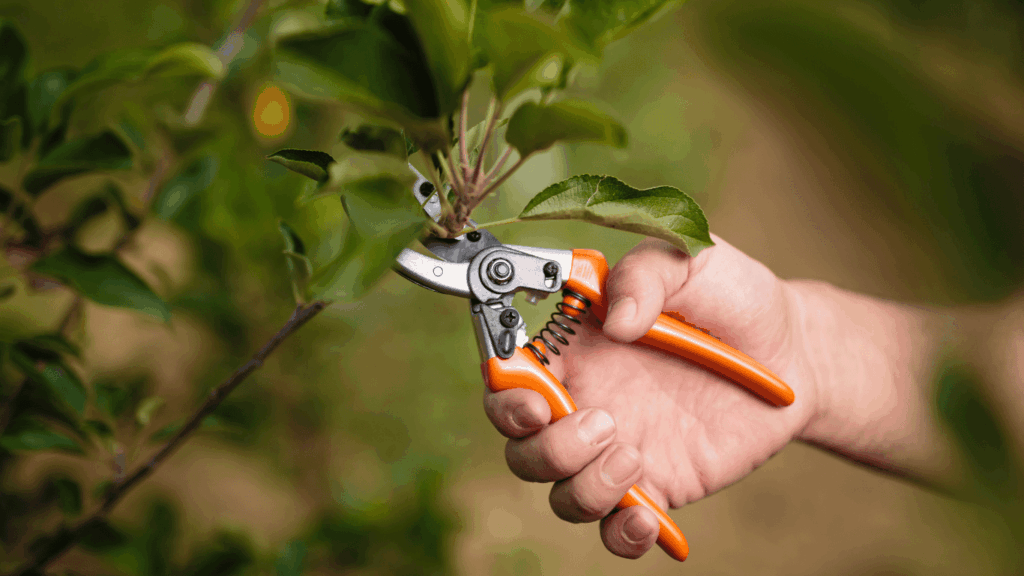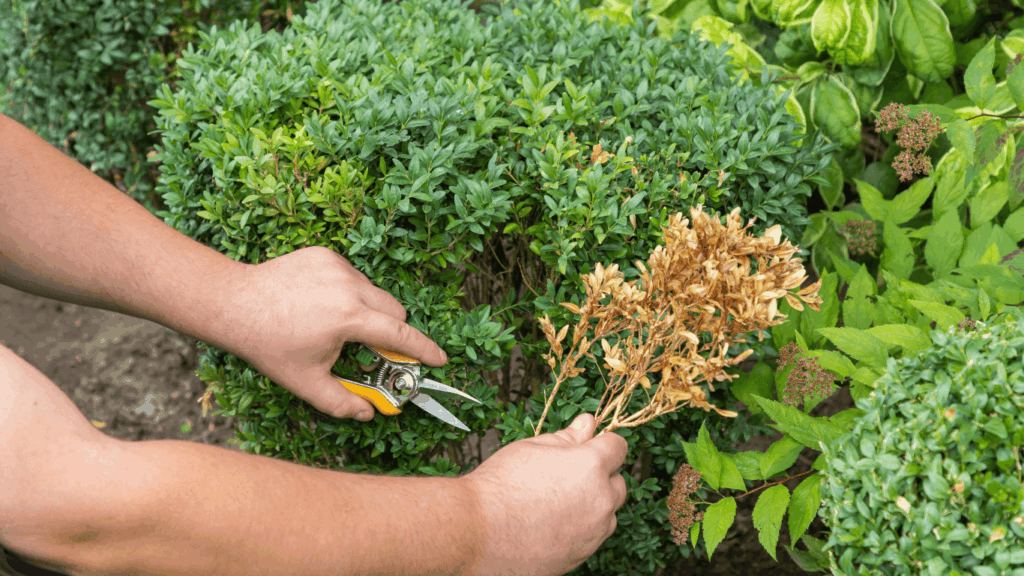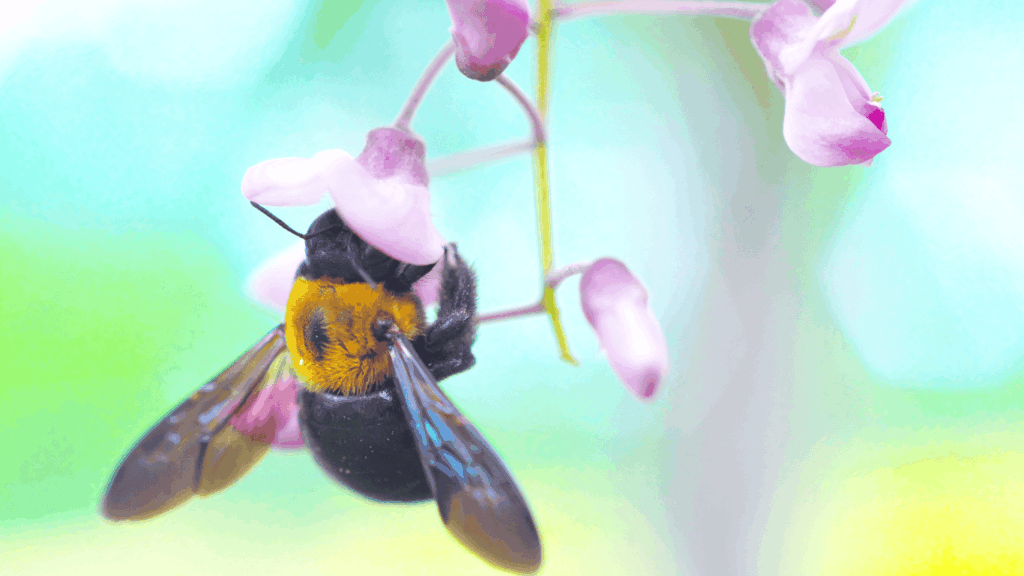Bagworms: What They Are and Why October is the Time To Act
If you’ve noticed small, pinecone-like bags hanging from your trees and shrubs, you might be dealing with bagworms — a common pest that can cause significant damage to evergreens and other plants across Missouri. Understanding their life cycle and how to manage them can help protect your landscape from future infestations. What Are Bagworms? Bagworms […]
Bagworms: What They Are and Why October is the Time To Act Read More »

